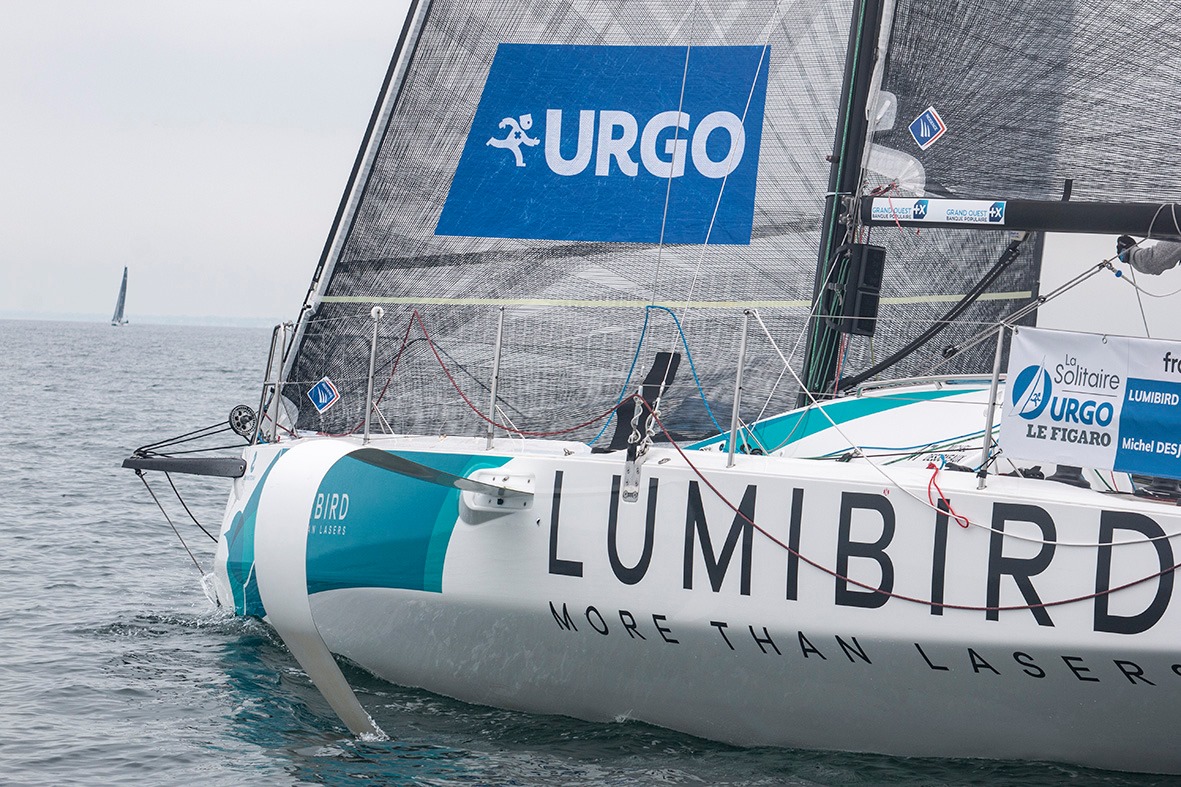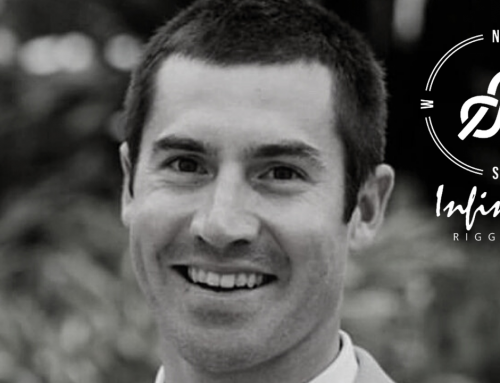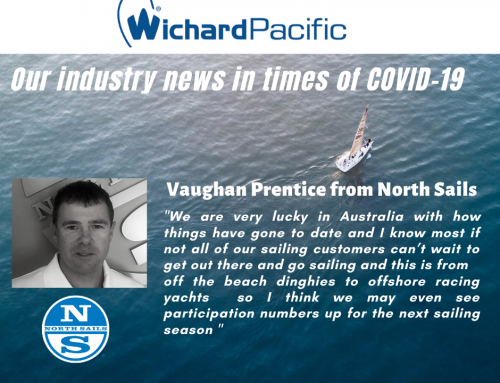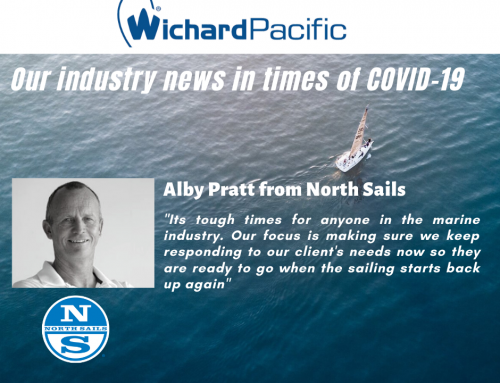The Facnor team greeted the skippers at the Saint Marcouf buoy in Baie de Seine for the last leg of the Figaro Solitaire Urgo. Among them, one of their favourites – and mentor – Michel Desjoyeaux, triple winner of the race, and faithful ambassador of Facnor.
Beautiful scene in Baie de Seine…
Michel Desjoyeaux: When we arrived at the Saint-Marcouf passage, we enjoyed the most incredible sunset, the most beautiful one of the Figaro, it was magnificent. Everything was on fire. However not a wisp of wind…then we stayed for quite a while across the bay from the Facnor factory, we must like you…We spent the afternoon there. We had to moor as we started getting sucked in by the current near Barfleur. A little hard…then the wind came back and we left.
Great achievement in 13 Figaro… what is the wrap up of this edition?
MD: The first leg, I did ok…for the second one, I missed out because of a tack where I could not get any speed; for the 3rd leg, I was very close to win in Aurigny. One hour later and I could have made it! I failed the 4th leg, however it didn’t impact my ranking in time. Looking at the performances earlier in the season, and the level of sailing, as well as my knowledge of the boat, I aimed between 15 and 25 and thought it would not be too bad. So, in the end I did better than I expected really. I am quite happy with the results as well as a couple of great moves I did. Except for the last leg, I wasn’t regularly ahead. In anyways, I didn’t have the level required to get better ranking, even though it sometimes doesn’t take much. So, I am quite happy with my place and the way I got there; I enjoyed myself and suffered at times. It was an incredible edition with rebounds and several lead changes in each leg. Considering all these challenges, I am pleased to finish the race at the last leg with 35 boats back to back in two hours, despite the difficult conditions with many changes. It can be so close sometimes. In the end, I am happy with the results and the fact that I played troublemaker! It is the second time I earned the 12th place (amongst 48 competitors this year) at the Figaro. There aren’t many people who have obtained places as bad as 12th after taking part in the race 13 times! I was discussing this with Armel Le Cleach in fact, the ranking in time can be terrible sometimes…
Loyalty to Facnor, from PRB to Lumibird…what determined your choice of using a Facnor FX+ flying sail furler?
MD: I have been on a Facnor drip since PRB, in 2000, as Dominique Yon (Managing Director) and Patrick Laneelle (Head Engineer) were the only ones to reach my demands by putting the first textile cable on a permanent stay. When I built PRB, this type of system was essential, so I went to see the competition who told me that it would never work. Patrick and Dominique were the only ones to look into my project and to engineer the design of a structural furler. For this reason, I have never left them and each time I can use Facnor I do not hesitate. After 10 years we are all tempted to use other products however Facnor has never stopped evolving their products and manufacturing gear that is sophisticated and robust. Each time I use Facnor products, I have complete peace of mind in using parts that never fail. As long as you use them correctly. I have seen many sailors break products because they were not using them correctly! So, for the Figaro 3, choosing a Facnor FX+ for my gennaker was absolutely natural. Especially as earlier in the season we didn’t really know how we were going to use it and whether we were going to push it hard. In fact, and I have noticed this a lot in sailing, most of the other boats were shielding their gennakers to furl them. I was the only one to do it in full wind, all straight, without turning the boat. Of course, I had to pull a little harder on the furling line but I knew it was always going to work.
The layouts of the professor! Was there the slightest disappointment?
MD: Absolutely not! Before the Figaro I had a spare halyard and added a sheave to the top pin which I threaded each time I used my halyard. So, I had a super compact and light system, which lasted until I was obliged to remove it as the Class had decided we were not allowed to use a double halyard. I had also made a small change in order to pass my spinnaker sheets. In the end I never had any issue furling or unfurling, never had any apprehension. Nor did I have any thought about pulling less on the halyard or the running backstay in case the system collapsed.
You encountered difficult conditions; how did the gear handle it?
MD: Indeed, during the 2nd leg in the Manche…however no problem with the furlers. There were certain aspects I didn’t know how to set up with this boat in these conditions, as I had not done it before. The conditions weren’t that hard really, however we did end up testing the limits of the gennaker many times! We had to reduce the sail several times. But a Figaro sailor cannot afford to under exploit his boat, he/she must always search the limit, whatever happens. We don’t know how to do it any different…
The new gennaker definitely is a “plus”?
MD: It is the sail that was missing in the Figaro 2 panel really. It is great that we have it now. It is great for the boat it makes her more “alive” at many speeds. It is also interesting for those who wish to go to superior categories, like the Class 40’ and the Imoca. Where there have to be furlers everywhere. So, it is fantastic to acquire this new culture on the Figaro 3 thanks to adding this new sail.
In what way do foils change the use of the gennaker?
MD: At certain speeds, especially when it starts going fast, above 10-12 knts, the foils take part in the anti-drift and straighten the boat. It is even more obvious under spinnaker, but it is also true under gennaker and it raises the performance of the boat by 10-15%. For the rest of the time, foils are not really useful…however, when associated with tunning capacities that are the same as on the Imoca, this really makes a huge difference and more interesting of course.
Any advice on the use of flying sail furlers?
MD: Always keep a bit of wind in the sail when furling, and furl neat and tight – it will be easier to drop and put in its bag after. People often hesitate to flap sails to unfurl…they are right, and they aren’t! They are right as this “hurts” the sail, however as this is always a very fast process if you are unfurling well, at least the sail is correctly unfurled. However, you need apparent wind in the sail, otherwise, it will never be tight enough and end up looking like a “sausage” and won’t be furling as well. So, you need to always keep tension in the sail, even if this means pulling the furling line harder.
Any projects with Lumibird?
MD: The boat will still wear the Lumibird colors, however, my season is finished now. We are in the process of building a new imoca, so I am going back to the workshop! The Figaro 3 was kind of a holiday!







